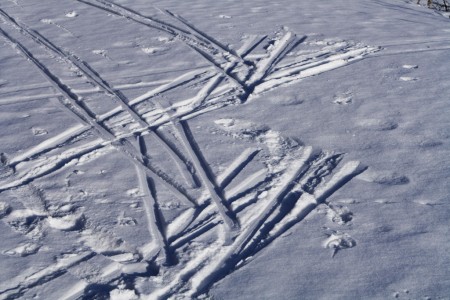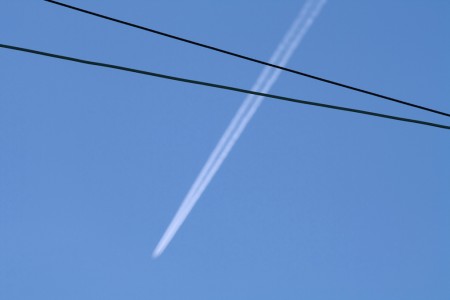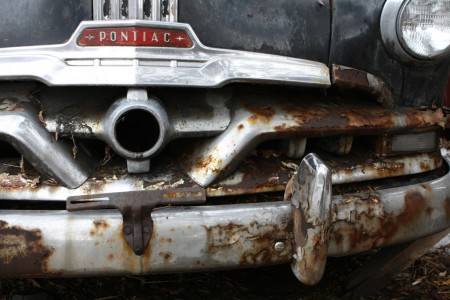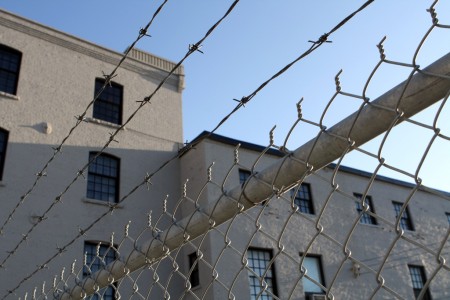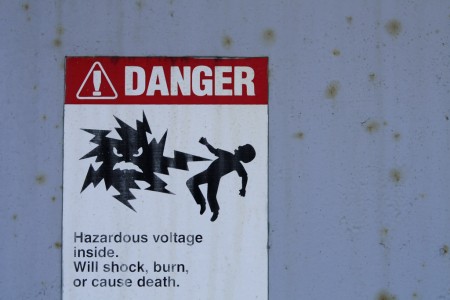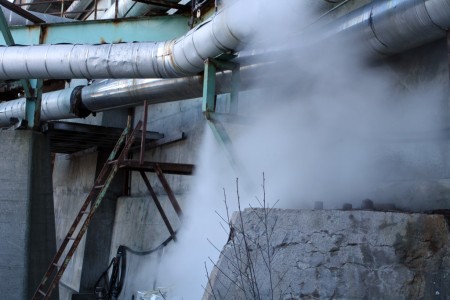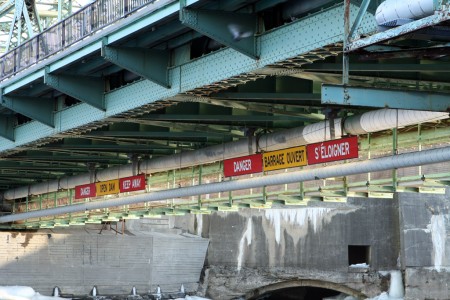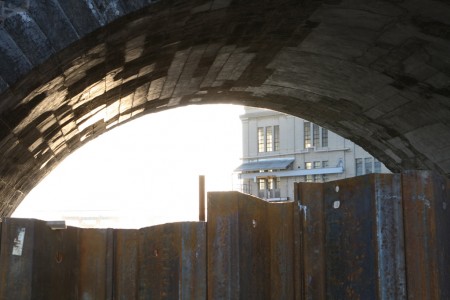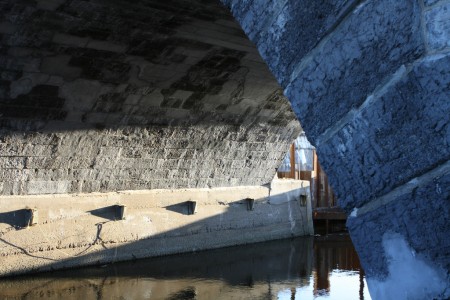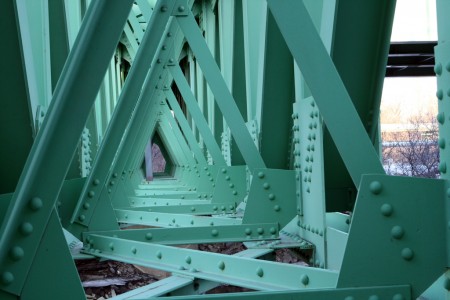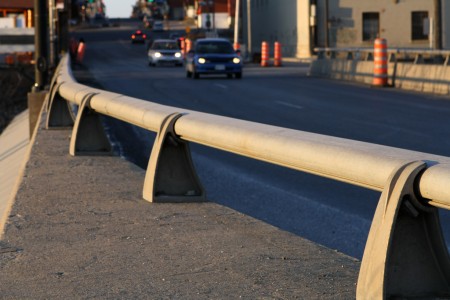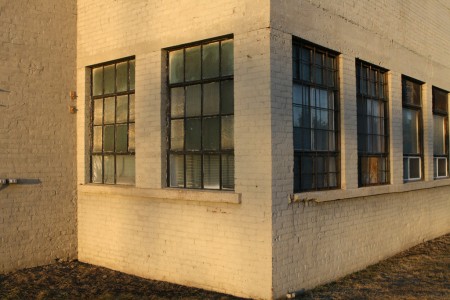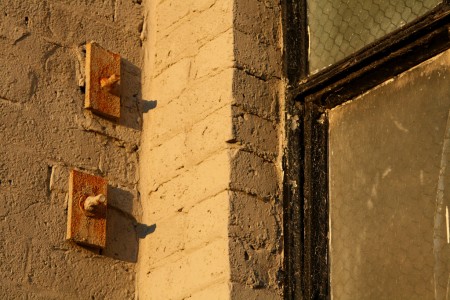
The Lindzen Fallacy is a sub-genre of the fallacy of petitio principii (begging the question) that I have named after MIT Meteorology Professor and climate change delayer Richard Lindzen. I define it as such:
The assumption that fears about catastrophic or runaway climate change are overblown, based on the assumption that climate change can never truly imperil humanity.
Many people have a deep, intuitive sense that the world wil remain as it is. In particular, that it will continue to provide the basic physical requirements of humanity, such as breathable air, acceptable temperatures, and conditions suitable for continued agriculture.
This perspective is clearly a bit of circular logic: climate change cannot be dangerous, because if it were truly dangerous, it would be dangerous. (Repeat as often as you like.)
Negative feedbacks
Lindzen has told the US Coast Guard Academy that: “Extreme weather events are always present. There’s no evidence it’s getting better, or worse, or changing.” He has suggested that there simply must be negative feedbacks that counter the warming effects of greenhouse gases, possibly through the increased radiation of heat into space, caused by columns of tropical cumulus convection carrying large amounts of heat high into the atmosphere. Satellite data from NASA’s Clouds and the Earth’s Radiant Energy System (CERES) mission raises serious doubts about this being a negative climate feedback. His perspective on climate sensitivity appears dubious both in relation to climate models and the paleoclimatic record. Lindzen also argued to the Vice President’s Climate Task Force, in the US under the Bush Administration, that action should not be taken to mitigate climate change. Climatologis James Hansen speculates that: “Lindzen’s perspective on climate sensitivity… stems from an idea of a theological or philosophical perspective that he doggedly adheres to. Lindzen is convinced that nature will find ways to cool itself, that negative feedbacks will diminish the effect of climate forcings.” Back in 1999, Hansen responded to Lindzen’s hypotheses about negative feedbacks by encouraging the scientific community to investigate two things: a) whether water vapour feedbacks can be observed, and b) whether the ocean heat content is increasing in line with the model predictions. In the view of climatologist Gavin Schmidt, subsequent evidence has been supportive of the Hansen view and has drawn into question the Lindzen perspective.
Just showing that negative feedbacks exist is not enough to prove that climate change is dangerous, or that we should do nothing about it. As I argued in a discussion with a different climate denier:
What specific mechanism counteracts the infrared absorbing effect of greenhouse gasses? If such an effect exists, why has it automatically been getting stronger as concentrations rise? Also, what proof is there that even if there were such an effect, it would protect us from any amount of increased GHG concentrations. For instance, continued business-as-usual emissions could push concentrations to over 1000 ppm of CO2 equivalent by 2100, compared to 280 ppm before the Industrial Revolution and about 383 ppm now. Even if there were negative feedback effects that significantly reduced the total forcing resulting from increased GHG concentrations (that is, lowered climatic sensitivity), it is possible that they would break down when presented with such a significant change.
It is not enough to show that there are one or more negative feedbacks in the climate system. It is necessary to show that they will be sufficient in magnitude and durability to counter the warming caused by anthropogenic greenhouse gases. The fact that concentrations of those and temperatures are still rising suggest that this is not the case in today’s climate, and the existence of massive potential positive feedbacks (Arctic sea ice albedo, permafrost methane, etc) make it dubious for future climates.
Further to that, the point I am raising here is not about the technical means by which Lindzen or anyone else thinks the climate will automatically rebalance in response to changes caused by humanity. Rather, it is to highlight the faulty assumption that such rebalancing can be taken for granted, regardless of the specific means by which it might occur.
The Lindzen Fallacy is dangerous because it offers us false comfort. If mainstream climate science is correct, and a business-as-usual course will produce far more than 2°C of warming by the end of the century, future generations will think back with regret about all those in our time (and before) who falsely believed that the world could never become inhospitable to humans.
A related bit of faulty thinking
The Lindzen fallacy relates to another flawed and potentially dangerous perspective: namely, that humanity is so adaptable that, no matter how much climate changes, humanity will be able to adapt. While it is hard to see how humanity could survive runaway climate change, it is easy to see why someone would think the empirical evidence supports this view. After all, nothing has wiped us out yet. Unfortunately, this logic suffers from the same fault as that of a chicken famously described by Bertrand Russell in The Problems of Philosophy:
And this kind of association is not confined to men; in animals also it is very strong. A horse which has been often driven along a certain road resists the attempt to drive him in a different direction. Domestic animals expect food when they see the person who feeds them. We know that all these rather crude expectations of uniformity are liable to be misleading. The man who has fed the chicken every day throughout its life at last wrings its neck instead, showing that more refined views as to the uniformity of nature would have been useful to the chicken.
In short, inductive reasoning is dangerous, whenever there is a chance of something truly unprecedented taking place.
There are good scientific reasons to believe that climate change could be just such a dangerous, unprecedented phenomenon in relation to human beings.

